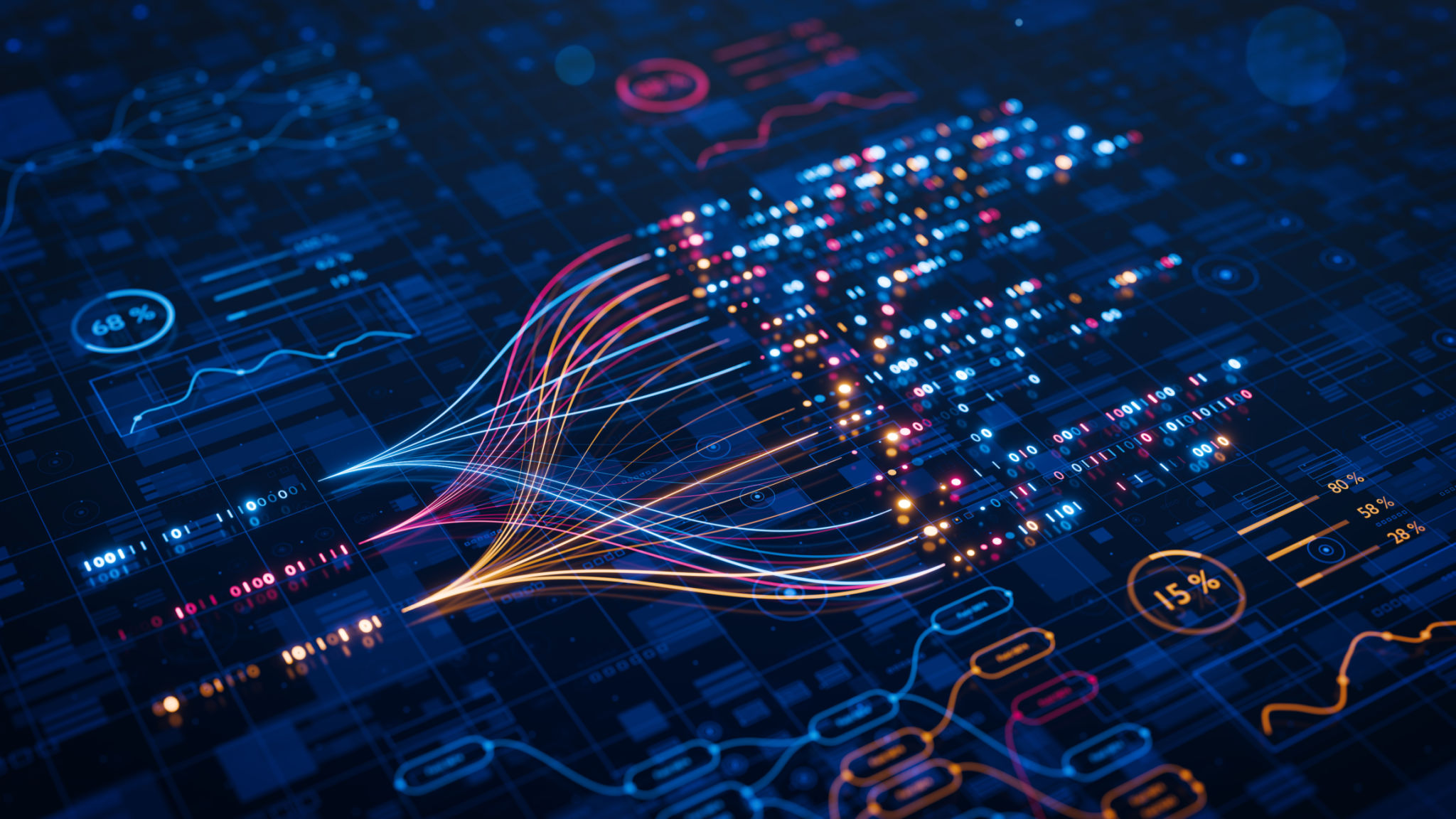From Research to Results: How AI Can Transform Data Analysis
The Role of AI in Data Analysis
In today's data-driven world, businesses and researchers are constantly seeking ways to make sense of the vast amounts of information available. The advent of artificial intelligence (AI) promises to revolutionize data analysis by offering tools that can process and interpret data with unprecedented speed and accuracy. AI not only enhances the efficiency of data analysis but also opens up new possibilities for insights that were previously unattainable.
One of the primary advantages of using AI in data analysis is its ability to handle large datasets. Traditional methods often struggle with the volume and complexity of modern data, but AI technologies can easily scale to meet these challenges. Machine learning algorithms, for instance, can process vast amounts of information quickly, identifying patterns and trends that might be missed by human analysts.

From Data Collection to Insight
The process of transforming raw data into actionable insights involves several steps, each of which can be enhanced by AI. Initially, data collection is streamlined through AI-powered tools that automate the gathering and aggregation of information from various sources. This reduces the time and resources needed for manual data collection and ensures a more comprehensive dataset.
Once data is collected, AI facilitates the cleaning and preparation phases. These stages are crucial for ensuring that the data is accurate and reliable. AI algorithms can automatically detect and correct errors, fill in missing values, and standardize data formats, significantly reducing the likelihood of human error.

Advanced Analytical Techniques
AI brings several advanced analytical techniques to the table, including predictive analytics, natural language processing (NLP), and image recognition. Predictive analytics leverages machine learning models to forecast future outcomes based on historical data, providing businesses with a strategic advantage in decision-making.
NLP enables computers to understand and interpret human language, making it possible to analyze text-heavy datasets such as customer reviews or social media posts. This capability allows businesses to gauge public sentiment, identify emerging trends, and tailor their strategies accordingly.

Real-World Applications
AI-driven data analysis is making a significant impact across various industries. In healthcare, AI helps in predicting patient outcomes and personalizing treatment plans. In finance, it is used to detect fraudulent transactions and assess credit risks. Retailers leverage AI to enhance customer experiences by analyzing purchasing behaviors and recommending products.
Moreover, scientific research benefits greatly from AI's ability to analyze complex datasets. From climate modeling to genomic research, AI tools are enabling researchers to accelerate discoveries and innovate faster than ever before.
The Future of Data Analysis with AI
As AI technology continues to evolve, its role in data analysis will only grow more significant. Emerging technologies like quantum computing may further amplify AI's capabilities, leading to even more sophisticated analytical techniques. Businesses that embrace these advancements will be well-positioned to stay ahead of the competition.
However, it is crucial for organizations to ensure ethical use of AI in data analysis. Transparency, accountability, and privacy must be prioritized to build trust and ensure that AI is used responsibly.

Conclusion: Embracing AI for Transformative Results
The integration of AI into data analysis processes marks a transformative step forward for businesses and researchers alike. By harnessing the power of AI, organizations can unlock deeper insights, make better-informed decisions, and ultimately drive more meaningful results. As we continue to navigate the data-rich landscape of the future, embracing AI will be key to unlocking its full potential.